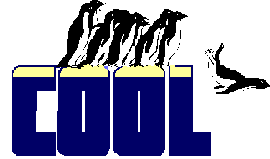 |
The _GETEXPR system memory variable, added in VFP 6,
provides a hook to allow a developer to create her own
dialog or modify some of the behaviors of the existing one.
Whenever the GETEXPR command is found, FoxPro looks to the
_GETEXPR variable and runs the code specified there
instead.
Although this is a pretty cool feature, it has some
rules you'll want to follow. Your replacement routine must
accept four parameters, matching the dialog caption, return
type, error message and default of the native command. If
these settings are not specified in the call, VFP provides
empty strings to your routine, so you don't need to
validate the type of the supplied parameters. The native
GETEXPR command accepts blank strings in any of these
positions just as if that option had been omitted, and you
will want your routine to do the same.
|


